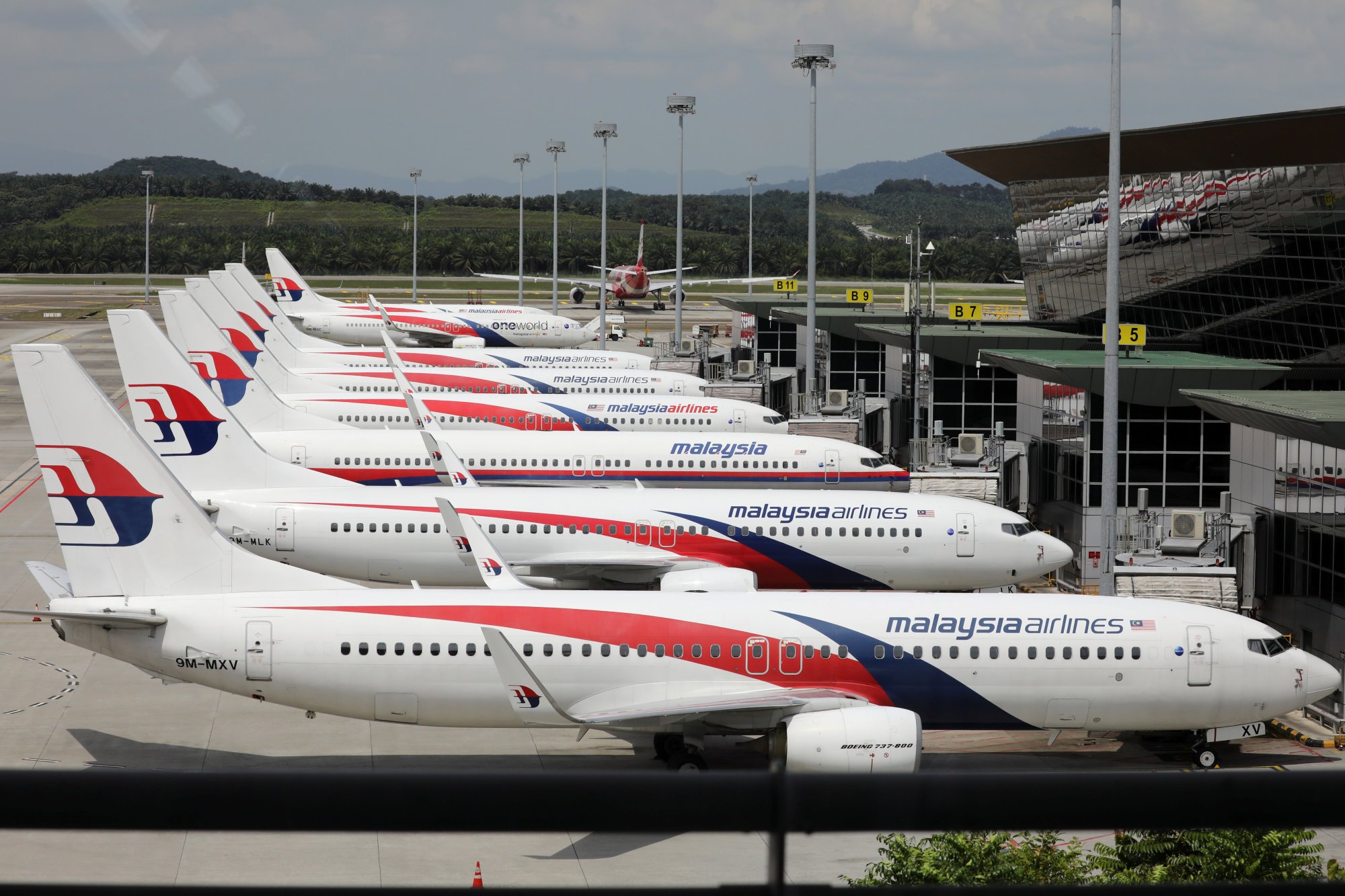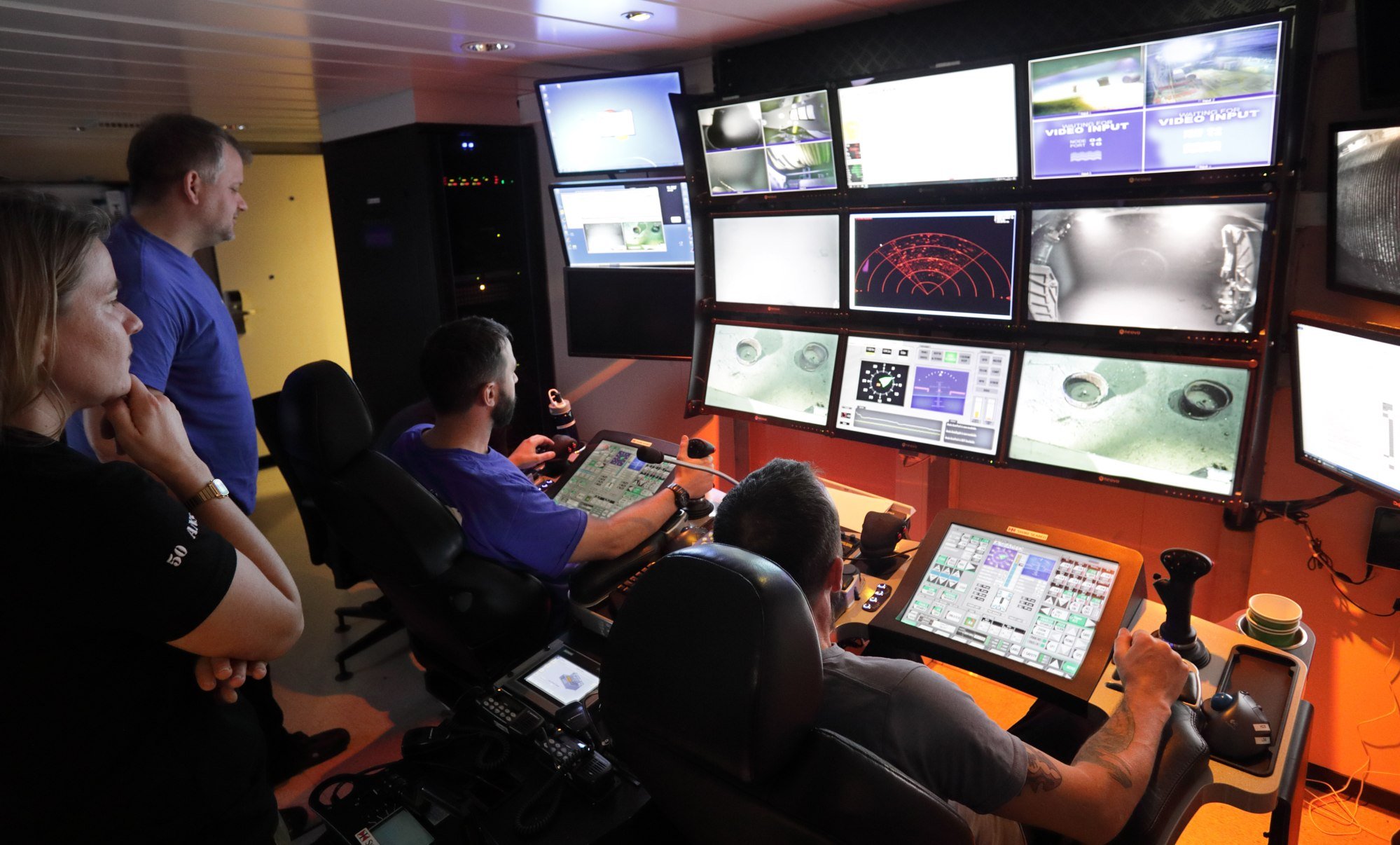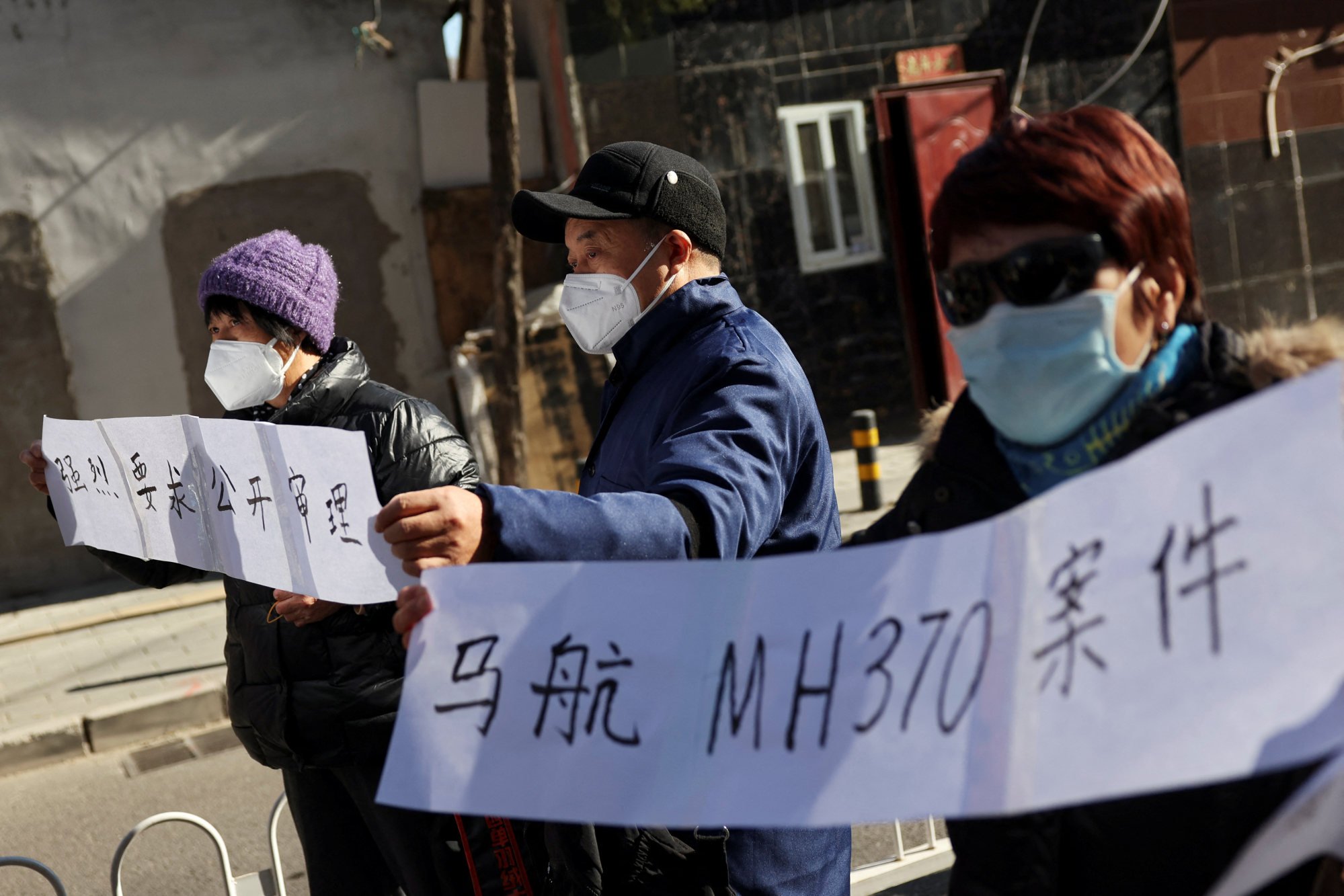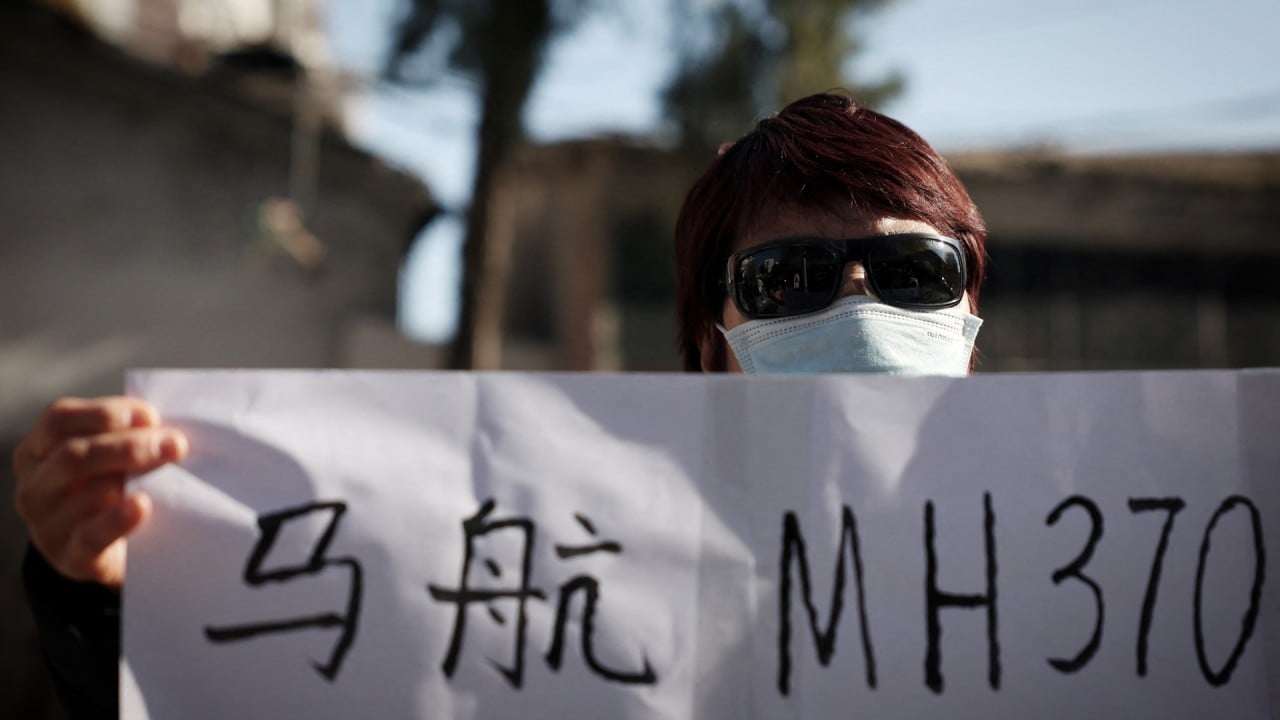“The significance of the MH370 disappearance is that it disappeared – when most people would expect a large civilian airliner to be under constant surveillance, this one has eluded detection for 10 years now,” said Keith Tonkin, managing director of Australian-based aviation planning and risk consultancy Aviation Projects.
In a preliminary report submitted to ICAO a month after MH370’s disappearance, the Malaysian Air Accident Investigation Bureau said it would not be possible to accurately pinpoint the plane’s last known location due to the lack of regular updated information on its route.
“While commercial air transport aircraft spend considerable amounts of time operating over remote areas, there is currently no requirement for real-time tracking of these aircraft,” the report said.
The Civil Aviation Authority of Malaysia did not immediately respond to a request for comment.
That same time, global aviation industry players and plane manufacturers convened a task force with ICAO and other regulators to discuss improvements to flight safety measures in the aftermath of MH370.
The discussions eventually led to the development of the Global Aeronautical Distress and Safety System (GADSS), which requires airlines to install an automated reporting system in new planes that would send out regular updates on their locations.
GADSS was intended to operate at two levels – under normal conditions, the system would submit data on the plane’s location in 15-minute intervals.
But when a plane’s operations are compromised, an autonomous distress tracking (ADT) system will kick in and sharply reduce the intervals to one minute.
“If we take 15-minute intervals for a plane travelling at 800km/h, that brings it down to a 200km diameter search area. If it’s down to one minute, that will narrow the search area by 15 times,” said Colin Weir, group chief executive of Flight Safety, an Australian-based aviation safety consultancy.
“That is quite acceptable, because if you get into the general area while all systems are activated to relay an emergency, you’d be able to pick up [the signal] easier and get search and rescue vessels out to initiate a search.”

Most airlines today have installed systems on their planes that provide enhanced location tracking at 15-minute intervals.
Very few, however, have set up the one-minute ADT system, which is closer to the real-time tracking system that Malaysia had proposed in 2014.
While technology has paved the way for publicly available websites that claim to provide real-time tracking of aircraft globally, experts say search and rescue operations need much more precise location data that could only be transmitted from dedicated on-board systems.
ICAO had initially set a January 2021 deadline for airlines to install the ADT system in all new aircraft, but it was pushed back by two years after a survey of industry readiness showed “essentially no possibility” of meeting the original target.
“Assurances were given that this would be resolved by 2023; however the pandemic put everyone back again, leading to the second delay,” ICAO told This Week in Asia, referring to the new January 2025 deadline.

Airline operators would be hard-pressed to find an immediate advantage by spending on enhanced safety measures, such as the ADT, over other commercial considerations including reducing operating costs, said Ron Bartsch, chairman and founding director of Avlaw Aviation Consulting.
“In such cases, adoption of new processes or procedures or technology is often delayed, and in some cases frustrated,” Bartsch said.

A second attempt by Houston-based Ocean Infinity in 2018 ended with no progress after 90 days.
Weir of Flight Safety said it was “unbelievable” that the commercial airline sector was still dithering on adoption of on-board satellite tracking systems, warning that “there are going to be more accidents unless you have something in place”.
There has been some progress towards full GADSS adoption. Airbus has said new aircraft delivered with a certificate of airworthiness dated on or after January 1, 2024 will comply with the ADT requirement, meeting the mandate set by ICAO in preparation for the 2025 deadline.

ICAO said any plan to expand the scope of GADSS to include older aircraft could be studied “in several years” depending on the performance of the new tracking system.
Implementation of ICAO standards and enforcing compliance among airline operators are “a sovereign state responsibility”, as ICAO’s role is to set global technical standards and is a politically neutral body, it added.
But the unprecedented nature of MH370’s disappearance could also be working against the push for broad GADSS adoption, Avlaw Aviation’s Bartsch said.
“What has happened now is that the world has been put on alert … to the possibility of this occurring again. And for this reason, we are unlikely to see a recurrence even with the existing technology and processes,” he said.
Even if GADSS adoption becomes widespread, it all still boils down to the people implementing the processes and using the technology, according to Tonkin from Aviation Projects.
Experts claim missing MH370 flight could be found in ‘days’ with new search
Experts claim missing MH370 flight could be found in ‘days’ with new search
A 550-page report on MH370 released by Malaysia’s transport ministry found that the supervising officer at Kuala Lumpur’s air traffic control centre might have been sleeping on the job when they received a predawn call from their counterparts in Ho Chi Minh asking to confirm the plane’s location.
Militaries monitoring areas which MH370 was believed to have crossed over were also slammed by the public and an international team investigating the case for withholding crucial data that could have helped in the search.
“The recommendations under GADSS are comprehensive and complementary of other technologies that are being developed and implemented,” Tonkin said.
“But they rely on individual aviation authorities for their enforcement, and that’s the real blind spot in improving the identification and location of aircraft in distress.”


